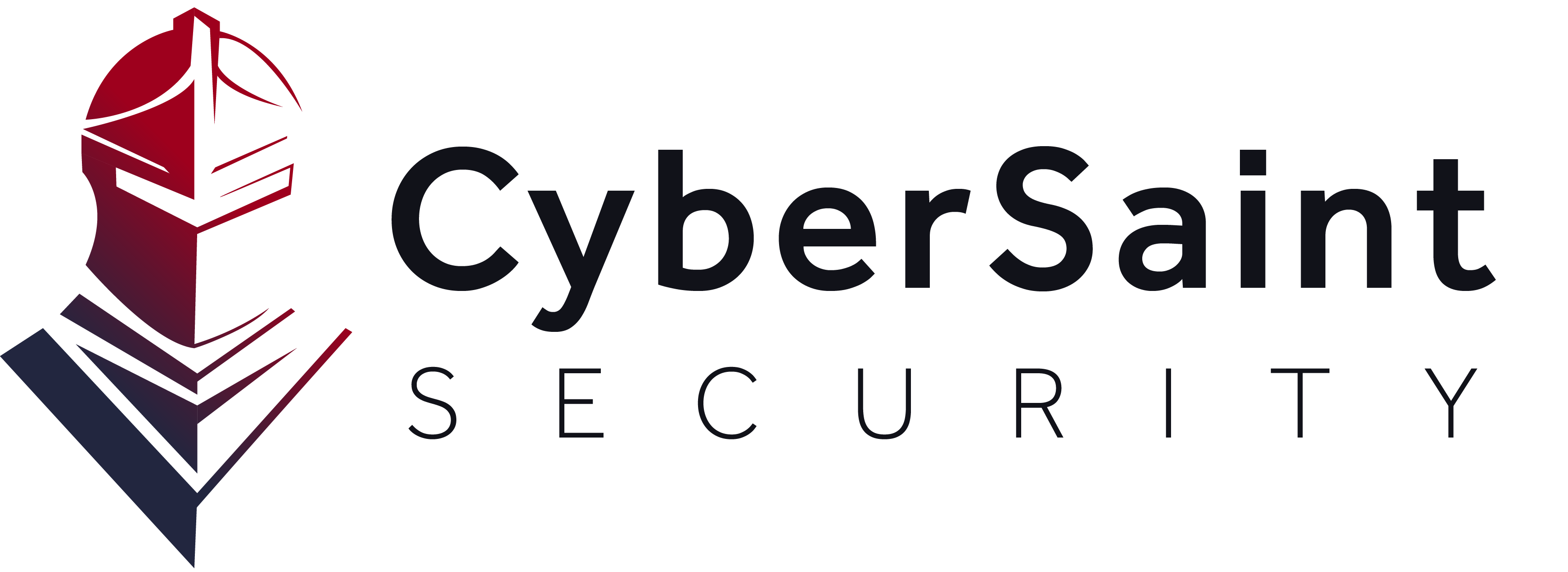The Securities and Exchange Commission (SEC) is an independent federal agency regulating U.S. securities markets. Its primary mission is to protect investors, maintain fair and efficient markets, and facilitate capital formation. Given the increasing frequency and sophistication of cyber threats, the SEC has prioritized cybersecurity, focusing on ensuring that companies are transparent about their cyber risks and incidents.
This guide serves as an introduction to SEC cybersecurity rules and their implications for businesses and investors. It provides essential information for public companies, investors, and compliance professionals, outlining why cybersecurity matters to the SEC and summarizing key regulations and best practices.
SEC Cybersecurity Resources







